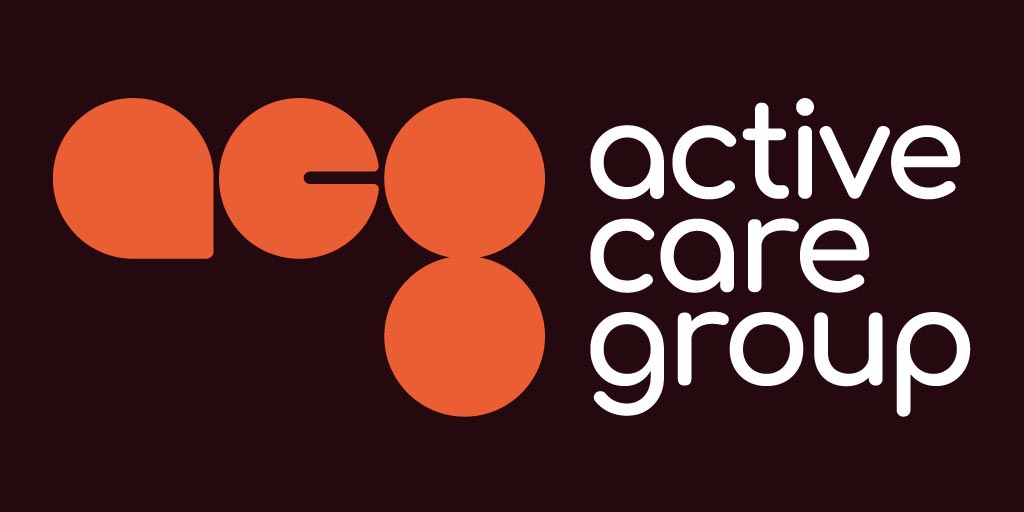To celebrate Action for Brain Injury Week 2022, it felt right to collaborate with Hunters Moor Neurological Rehabilitation Centre to tell Jane Oswin’s story, the centre’s on-site occupational therapist. Keep reading to learn more about her background in healthcare, exciting technology advancements going on at Hunters Moor, and a walk-through of what occupational therapy really is, and how it works…
Background in healthcare
After qualifying in 2005, I knew I wanted to help people. Originally I went down the route of physiotherapy, but that was until I discovered occupational therapy. Straight away, I knew it was the right path for me. I took on my first junior occupational therapist role in 2006, and then became a senior in the neuro-rehab field for twelve years until taking on my new Lead Clinical Occupational Therapist role at Hunters Moor last year in December.
Occupational therapy is not as well known as its close counterpart’s physiotherapy and psychology, but by no means is it less important! Occupational therapy involves overcoming both physical and cognitive components to eventually function independently from the moment you wake up, to the moment you go to bed without relying on additional support.
What can you tell us about occupational therapy?
To show you journey an occupational therapist takes with their clients, I’ll use a present client of mine as an example. I am currently working with a 38-year-old man at Hunters Moor who has sustained a brain injury. It has been a complex case because he has profound cognitive deficit, and he was not able to communicate in any language or through gesture (his first language is also not English, so we have had interpreters at all his sessions). From his initial assessment period with us, he appeared to still be in a prolonged disorder of consciousness (called minimally conscious plus). I used a specialist assessment called “The Wessex Head Injury Matrix” to give us an objective measure of his level of alertness, and following a review, the rehabilitation consultant agreed. From this we have been better able to tailor his therapy to a level that he is able to engage with.
I worked closely with physiotherapists who made sure he will recovery physically, whilst I focused on increasing his awareness of the environment using visual, touch, smell, and hearing. I consulted with his family on these five senses, asking questions such as his favourite scent, song, food, and anything emotive and personal to him that could possibly trigger a positive response during occupational therapy. We found that brightly coloured objects, finger-food eating of various cultural cuisine his family brought in for him, his favourite music and hand-tapping to the beat worked well to emerge him from his current level.
After he emerged, the next stage of therapy begins. Are they aware of their surroundings? What ability and knowledge have they retained from pre-injury? We took him through all of the assessments he could manage from bed, such as eating, drinking, washing, dressing, and using the TV. With the right equipment, he was able to get out of bed and work with physiotherapists and psychotherapists to help with physical and cognitive abilities. He has shown some improvements in his alertness scores, his interactions with staff, responsiveness, has begun speaking a few words and even started laughing regularly.
It has been an amazing experience working with this resident. He has a long way to go and is unlikely to make a recovery to his previous level, but our work is helping him to optimise his independence as far as possible. It has been a very rewarding experience working with him. He has also had physiotherapy, speech and language therapy and psychology input during his rehabilitation, and we have worked closely and provided joint sessions to share and maximise his therapy outcome.
Tell us about technology advancements at Hunters Moor
A lot of people believe that occupational therapy is all about using equipment to support people. In truth, that is only a small part of what we can do. We always restore and repair the damage that has been done and recover what is possible before we begin to compensate with any form of equipment. Fortunately for a lot of residents, equipment isn’t necessary in their rehabilitation journey. However, we are proud to have access to innovative and advanced technology equipment readily available for those who will further benefit from their use.
Our specialist seating equipment can be a great tool for helping patients to get out of bed much quicker, and independently. Our chairs tilt back to relieve pressure and strain of sitting up against gravity, and they can even be reclined flat like a bed. The chairs are adjusted to what the individual can tolerate, which is monitored and suitably downgraded by the physiotherapists as the patient makes progress towards sitting up straight. Being able to use this specialist seating means the patient is not confined to their bed, meaning they will be able to interact and engage with a new environment whilst being socially interactive and alert to their surroundings
Every patient is unique and requires different methods to get the most out of their rehabilitation. After assessment, myself and my team conduct our own research and are always able to purchase new equipment to suit one individual’s needs. Currently, we have a resident suffering with restlessness and constant moving at night in result of his brain injury, affecting his quality of sleep. After undertaking assessments, we found applying pressure works well to settle him throughout the night. So, I began my research! I quickly found that weighted blankets work well to use deep touch pressure to stimulate pressure points in the body, improving mood and sleep even for the average person. Since using weighted blanket therapy with this resident, it has worked wonders to calm him and reduce excessive moment without straining him or overstimulating his senses.
What do you like about working at Hunters Moor?
We have an amazing therapy team here at Hunters Moor, some who I have already worked with previously. I am looking forward to building my own strong team and helping Hunters Moor continue to be a well respected and managed rehab centre. We have recently improved our numbers by providing therapy from Monday-Sunday from 8am-8pm, bringing constant continuity for patients and always providing activities for them during their rehab journey.
What do you like to do when you’re not working?
During my commute to work, I enjoy listening to podcasts about neurology, rehab, or any subject that can keep me constantly learning and improving in my career. When I’m not working or commuting, I like spending time with my family and my two cats that I adopted from cats’ protection. I do often label myself as a bit of a cat lady!



